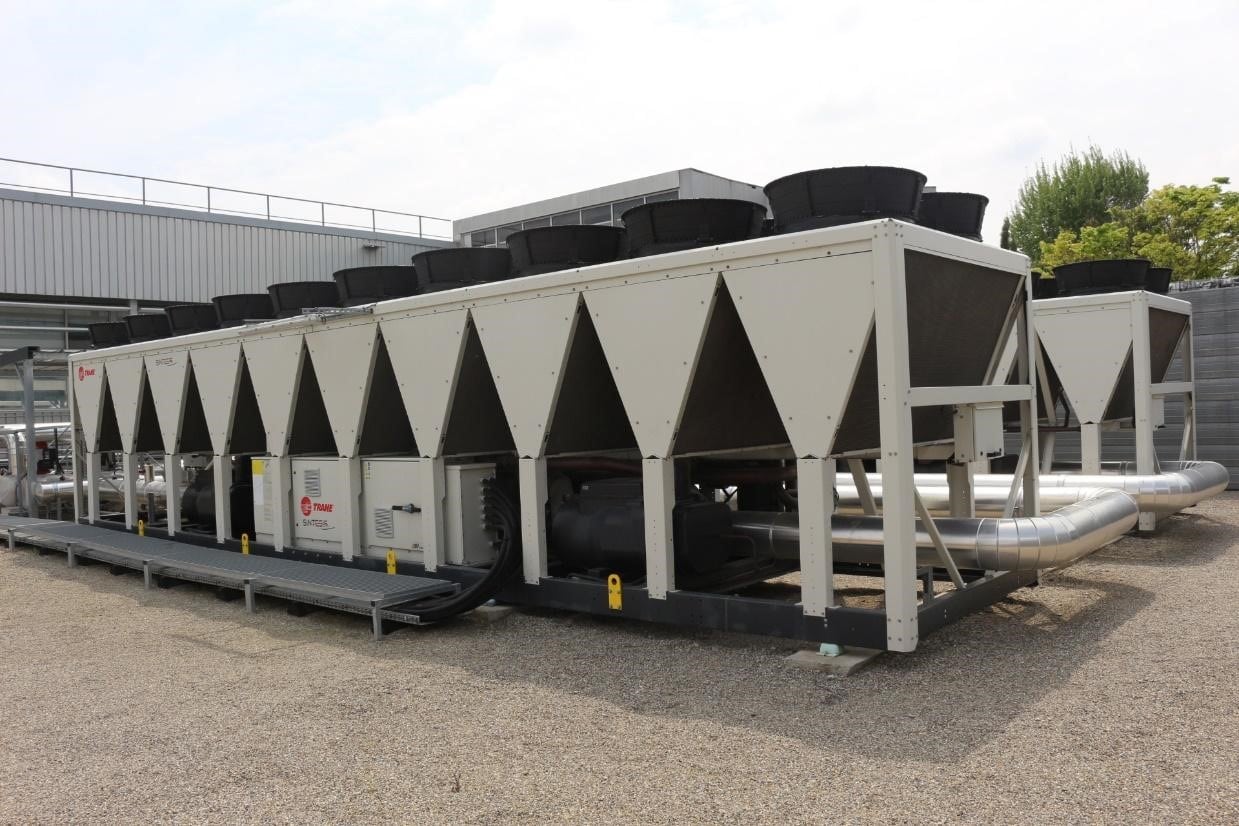Thales provides an air traffic control radar solution that allows its Chilean customer to significantly reduce its own operational emissions. This project includes the installation of a surveillance system composed of a primary STAR NG radar, combined with a secondary Mode S radar, the RSM 970S, as well as an ADS-B ground station enabling the surveillance of the air traffic in the Calama region. The radar station is installed on a site that had neither existing infrastructure, nor nearby commercial electrical power. The station will satisfy the operational surveillance requirements of both civil and military air traffic control and can detect both slow and fast-moving targets such as helicopters, commercial planes, and jets. The system also delivers windfarm mitigation filters.
The proposed system is therefore a complete, turnkey solution based on a power system using photovoltaic panels and back-up generators. In the proposed design, this system, made up of 330 photovoltaic panels installed on a surface measuring over 6330m² and delivering 191.5 kWc, will be the main power source of the surveillance system. Associated with advanced battery technology, it will allow the Chilean DGAC (Dirección General de Aeronáutica Civil) to have a certain level of autonomy, thus largely reducing the use of power generators compared to standard use on this type of installation, whilst securing the running of the radar station against power cuts or limited availability of regular sources.






